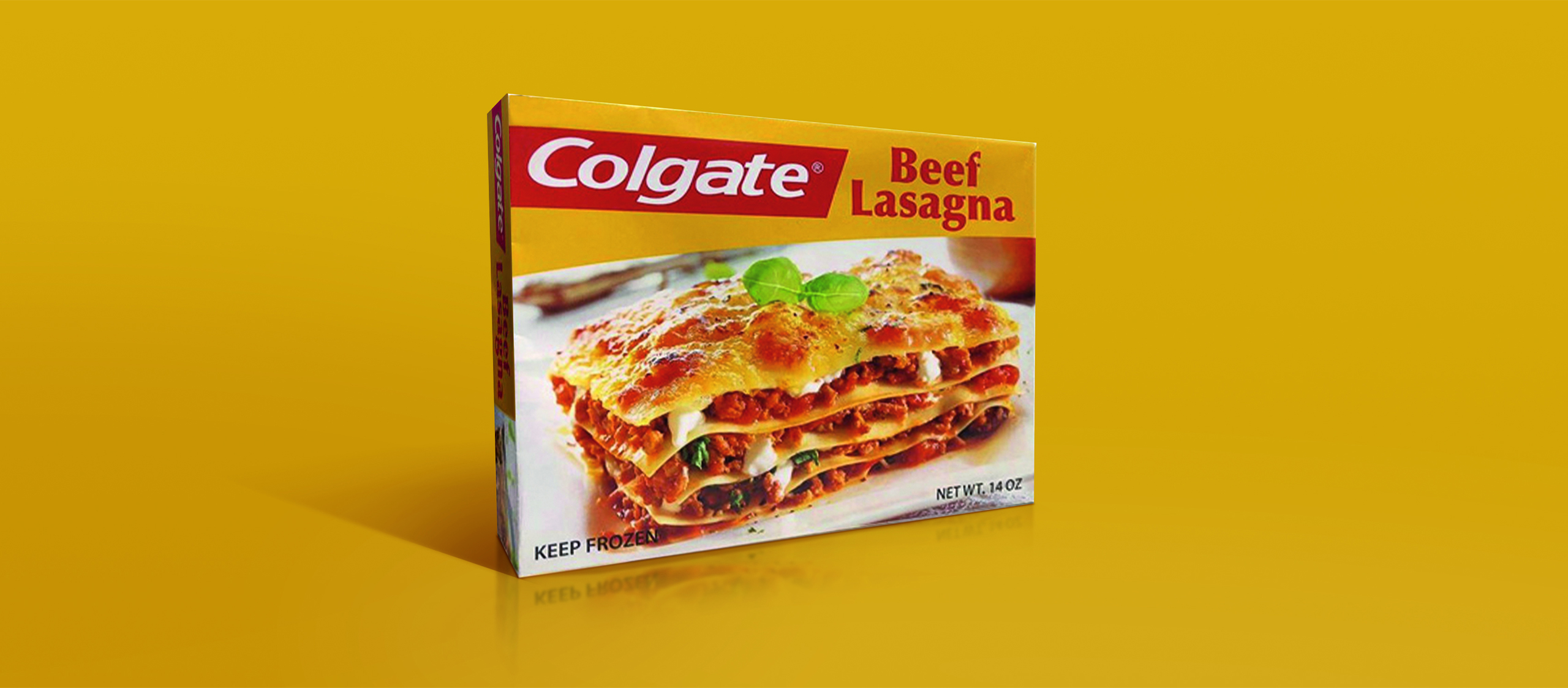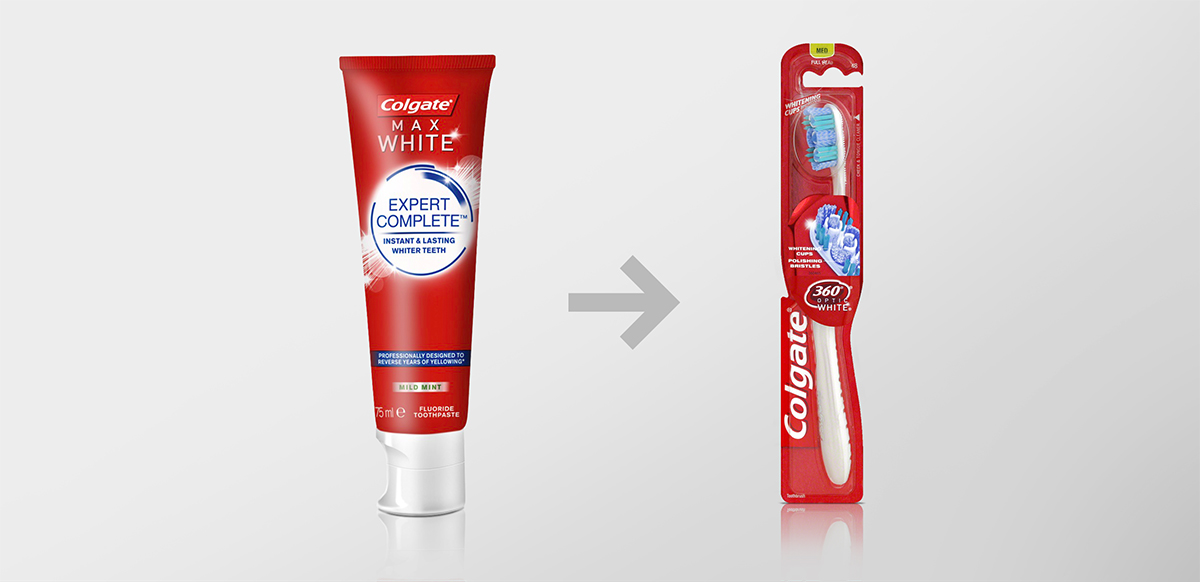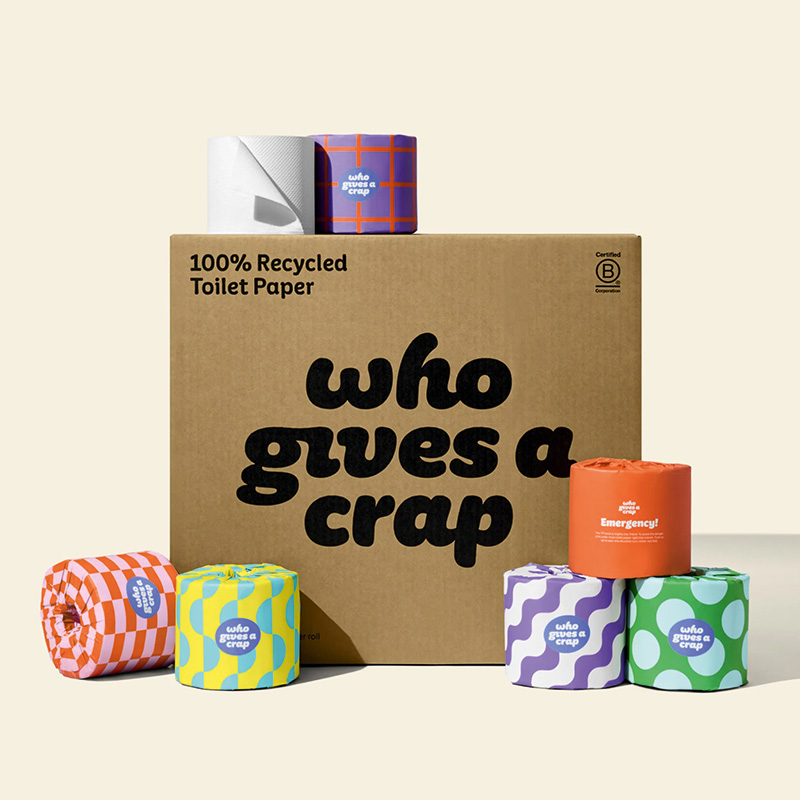Impact on the parent brand
One of the biggest risks when implementing brand extensions is causing brand dilution – that is when the new product category fails and presents a negative impact on the parent brand. Precisely what happened with the Cadillac Cimarron back in 1981. Selling at an entry-level price point, this model gained popularity in a market segment that could not afford the luxury-sized cars Cadillacs were known to be. This caused the Cadillac parent brand to lose some of its exclusiveness – if anyone could afford a Cimarron, a full-sized Cadillac seemed to be worth less. The lesson here is that it is important to know how the parent brand is positioned and how an extension will affect it.







